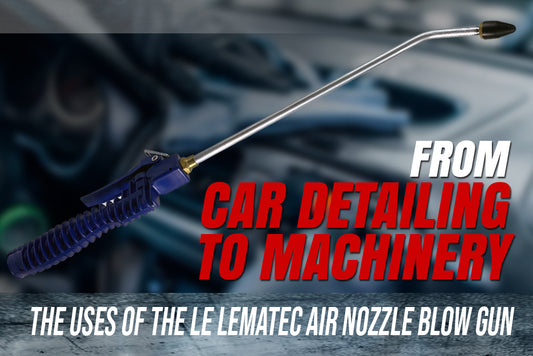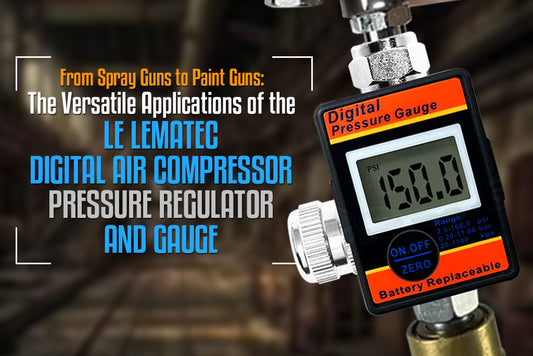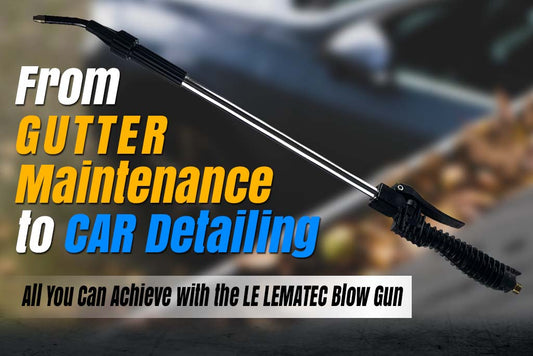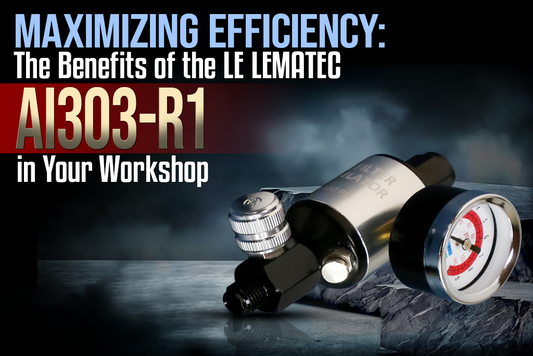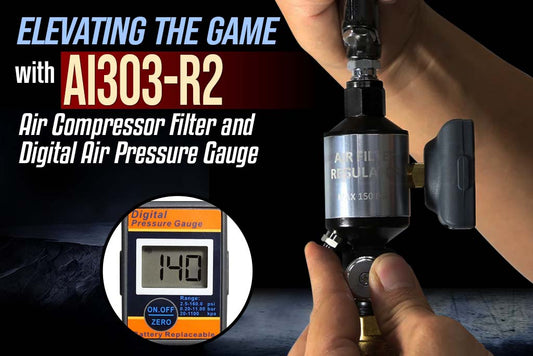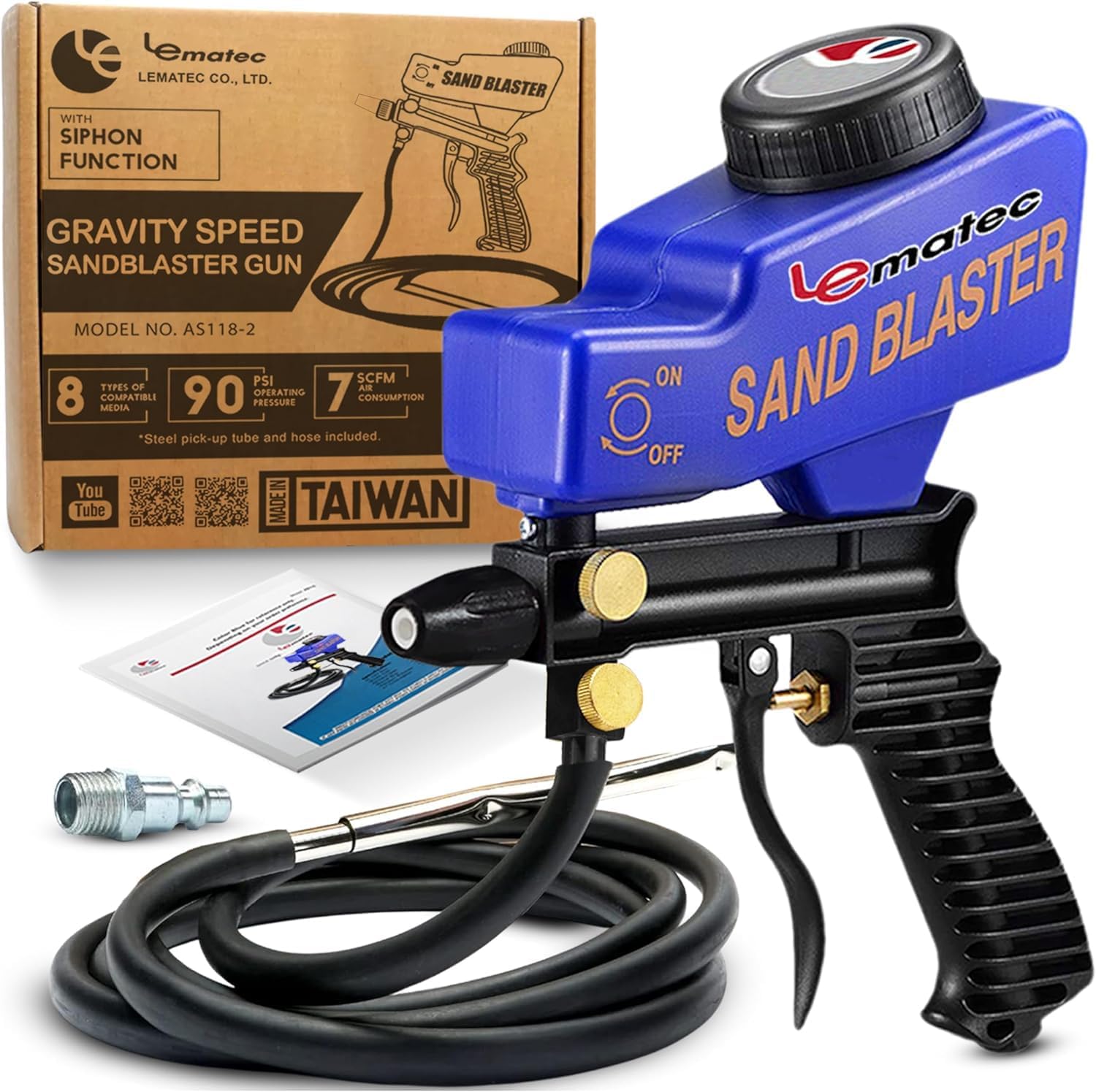
Tips on Using Tire Machine and Air Pressure Regulator With Gauge

Just like how an airflow regulator with gauge helps other air tools and air compressors function, the same could be said for Tire Machine and Air Pressure Regulator With a Gauge.It is understandable how much tire problems cause headaches to many drivers, but they could be less complicated if you have the proper devices to solve the issue. Learn more about its function and some tips when using one in this section.
The Importance of Tire Machine and Air Pressure Regulator With a Gauge
One of the must-haves tire accessories for every auto enthusiast is the tire machine and air pressure regulator with a gauge. Of course, maintaining proper tire inflation is necessary, so having a device to check its condition is important. Back then people only relied on the nearest gas stations to check tire conditions and inflate it if necessary. Fortunately, technology continues to advance, tire devices started to improve.
Having an on-the-go device means that drivers will no longer have to worry about dealing with their tire pressure. It is undeniably troublesome when tire problems kick-in in the middle of a long road; thus, you need a tire saver accessible all the time. You’ll never know when your tire will cause you trouble, and the only way to address the problem is by knowing the tire pressure. If you want to have a worry-free ride, make sure to have an accessible portable tire machine and air pressure regulator with a gauge you can use when the need arises.
Tips on Using Tire Machine and Air Pressure Regulator With a Gauge
When using a tire inflator, a tire air pressure gauge with a regulator allows you to determine the proper air pressure your tire requires. For first-time encounters dealing with a tire, problems may be challenging; however, this becomes more manageable with adequate understanding and guidance.
If a tire problem occurs, some can handle the condition without any concerns at all. Although some may panic and struggle thinking the first step or cram the whole time. That, alone, is troublesome. The best way to deal with this is to learn the proper process and gain valuable tips to know where to start. We understand how tricky it can be at times, and so we prepared some tips and steps you can follow as you manage your tire problems.
Know the Tire Pressure
First things first, you need to know the tire pressure before taking any other action. Make sure to check the owner's manual for the correct pressure amount required so you can address the issue properly. The tire pressure required also helps you determine what kind of air compressor you need to supply you the amount. It is where the tire machine and air pressure regulator with a gauge becomes handy. It helps you determine the adequate pressure needed for tire inflation to achieve the best result. However, always remember that too low and too much pressure feed can affect your tire’s performance. Thus, be careful when inflating your tires and do the process when a tire has rested enough for a more accurate pressure reading.
Get the Tire Ready
Now, it's time to prepare your tire for inflation. On each tire, there is a stem cap screwed on the top of the valve stem. Start removing the cap and secure it safely on the side. But before releasing it, make sure your air compressor is also ready, as air may escape in just for a minute.
Turn on the Air Compressor
Air compressors may run either with electricity or gas, depending on the type of air compressor you have. From here onwards, you can plug your air compressor. However, make sure to plug it with the correct voltage to avoid any hazards or damages. If you are using portable air compressor units, then moving them near the vehicle makes everything more convenient. Now, start attaching the air hose to the air compressor and add a quick coupler at the end. Some have a safety position nozzle, which you need to activate. Before turning on your machine, make sure all attachments are connected securely.
When everything is ready, you may now start filling your tires with the required pressure amount. Make sure to refer to your gauge for more accurate readings, and never leave your air compressor running as it may overinflate your tires, causing another problem.
Detach the Hose
Once you achieve and reach the correct tire pressure, you may now remove the hose from your air compressor. Make sure to put back the stem cap on the valve.
Work With the Best Air Tools From Le Lematec!
Are you worried about experiencing tire problems? Leave your worry and trust quality air tools for tires here at Le Lematec! We also have an airflow regulator with a digital pressure gauge along with other air compressor accessories. With the right tools and guidance, you can quickly go back on the road without fear. Check our extensive air tool collections today and get the best air tools you need from Le Lematec!
